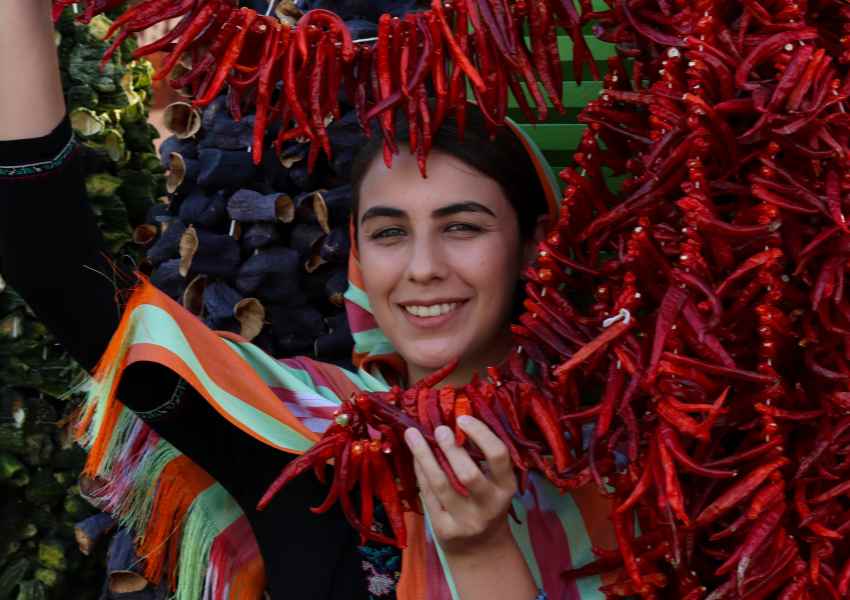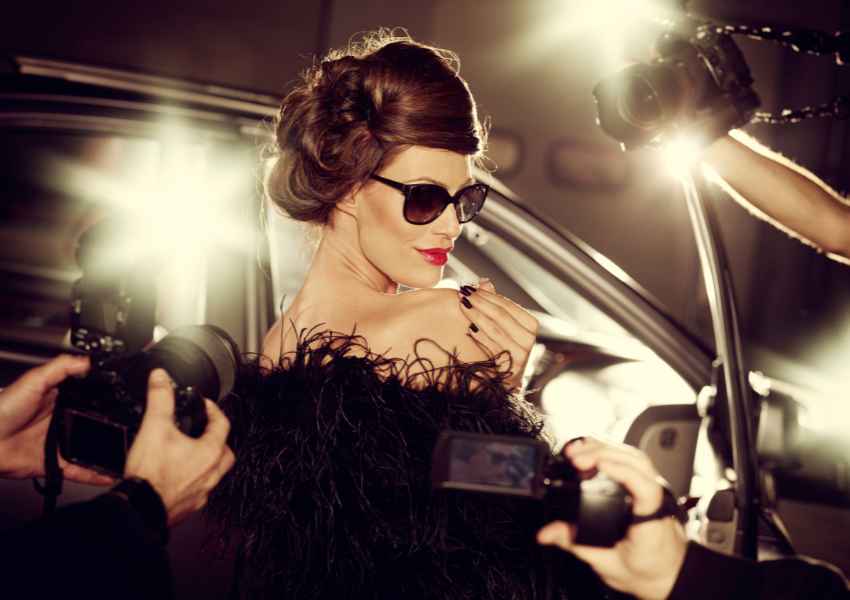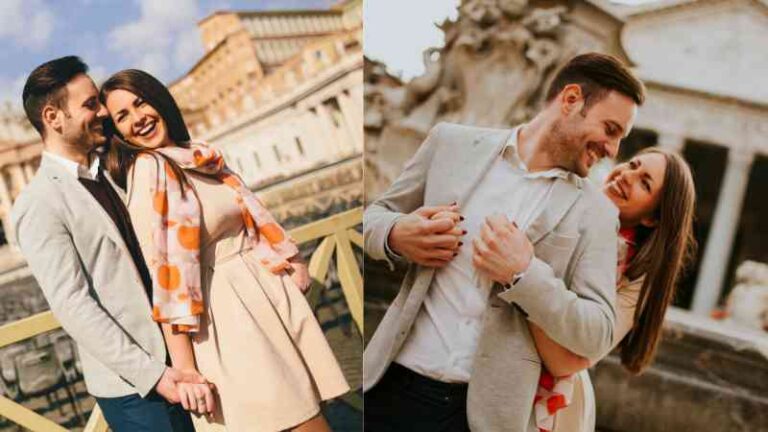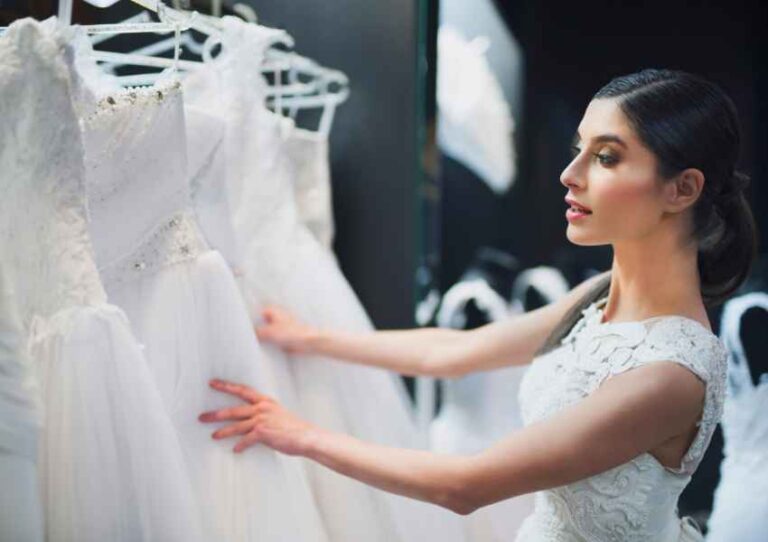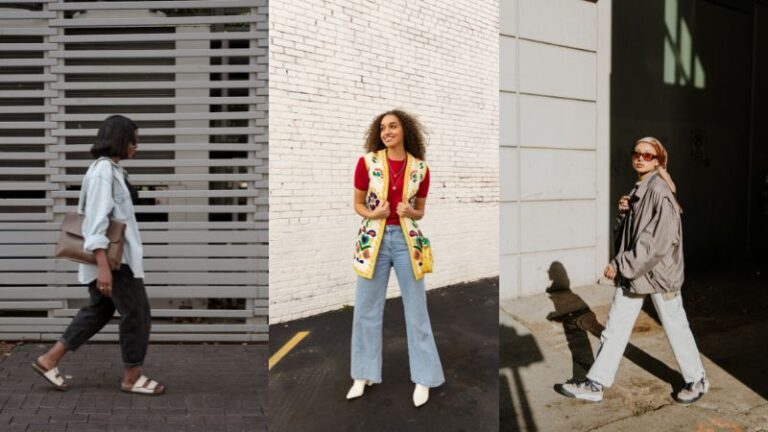Rites of Passage are significant cultural rituals that mark important transitions in a person’s life. These ceremonies hold immense cultural importance and play a pivotal role in shaping individual identities. This blog post aims to explore the intricate relationship between these rites and the world of fashion.
Rites of Passage are cultural ceremonies that symbolize and celebrate the transition from one life stage to another. These ceremonies often hold deep cultural and societal significance, marking key moments such as birth, adolescence, marriage, and death.

Cultural Significance
These rituals are not mere traditions; they are powerful expressions of a community’s values and beliefs. They reflect the collective wisdom and heritage of a culture, passing down customs from one generation to the next. The cultural significance of these rites lies in their ability to foster a sense of belonging and continuity.
Transition Phases in Human Life
Rites of passage are closely tied to the natural progression of human life. They guide individuals through the various stages of existence, providing a framework for understanding and navigating life’s transitions. From the cradle to the grave, these rituals help individuals comprehend their roles within their communities.
The Intersection of Fashion and Rituals
The relationship between fashion and rites of passage is a dynamic and ever-evolving one. As cultural ceremonies have adapted over time, so too has the clothing associated with these rituals.
The Evolution of Fashion in Cultural Ceremonies
Fashion, like rites of passage, has a history of evolution. Over the years, the clothing styles associated with these ceremonies have transformed, reflecting changes in societal norms and values. The evolution of fashion in cultural ceremonies serves as a mirror of the evolving cultural landscape.
The importance of clothing in expressing identity
Clothing serves as a powerful tool for self-expression. Within the context of rites of passage, attire becomes a visual representation of an individual’s identity and their role within their community. The choice of clothing during these ceremonies communicates a person’s cultural affiliations, social standing, and personal beliefs.
Historical Context
Understanding the role of fashion in rites of passage requires a journey back in time. Let’s explore how traditional rites of passage have been celebrated across different cultures and how fashion played a part in these important ceremonies.
Exploration of Traditional Rites of Passage
Throughout history, every culture has developed its own unique way of marking life’s key moments. From birth to death, these ceremonies not only celebrate transitions but also highlight the values of society.
- Birth Ceremonies
- Birth ceremonies are the first rites of passage in many cultures. They often include special clothing for the newborn, symbolizing new beginnings, purity, and the community’s hopes for the child. For instance, in many Christian communities, babies wear a white christening gown, representing purity and innocence.
- Coming-of-Age Rituals
- These rituals mark the transition from childhood to adulthood. Fashion plays a crucial role here, often symbolizing the individual’s new status. For example, in Jewish Bar and Bat Mitzvahs, the young person might wear a suit or a formal dress, signifying their entry into adult responsibilities within their faith.
- Marriage Customs
- Weddings are rich with fashion traditions. The white wedding dress, popularized in Western cultures, is a well-known example, symbolizing joy and purity. In other cultures, colors like red or gold are prevalent, each with its own unique meaning and significance.
- Funerals and mourning attire
- Attire for funerals and mourning periods also holds deep significance. In many Western societies, black is worn to show respect and mourning. In contrast, some Eastern cultures use white to represent purity and rebirth after death.

Influence of Fashion Throughout History
Fashion in the rites of passage isn’t just about looking good. It’s deeply intertwined with societal norms and symbolism.
- Impact of Societal Norms on Clothing Choices
- What people wear during these ceremonies is often dictated by societal expectations and traditions. For instance, the practice of wearing a white dress at a wedding is a societal norm in many Western cultures, rooted in historical traditions and expectations of what a bride should look like.
- Symbolism in Historical Fashion During the Rites of Passage
- The clothing worn during rites of passage is rich in symbolism. For example, in some Native American tribes, specific colors and patterns in clothing represent the individual’s family and heritage during coming-of-age ceremonies. Similarly, in many Asian cultures, certain symbols embroidered in wedding attire bring luck and happiness to the couple.
To truly grasp the profound relationship between fashion and rites of passage, we must adopt an anthropological lens. This perspective allows us to explore how different cultures approach these significant ceremonies and the role attire plays in marking these transitions.
Comparative Analysis of Various Cultures
- Diverse Cultural Approaches to Rites of Passage
- The beauty of humanity lies in its diversity, and this is vividly evident in the myriad ways cultures around the world celebrate rites of passage. From the elaborate ceremonies of the Masai in East Africa to the sophisticated rituals of the Japanese, each culture brings its own unique flair to these transitions. A comparative analysis sheds light on how different societies express their values and beliefs through these ceremonies.
- For instance, in the Philippines, the debutante ball is a grand celebration marking a young woman’s entry into adulthood. The gown worn by the debutante reflects elegance and sophistication, emphasizing societal expectations of grace and maturity.
- Examination of Attire as a Cultural Marker
- Attire during rites of passage is more than just fabric; it is a cultural marker that speaks volumes about identity, heritage, and societal roles. The choice of clothing becomes a symbol that binds individuals to their communities and reflects the values of their culture.
- In Hindu weddings, the bride’s attire is a testament to tradition and symbolism. The red color signifies fertility and prosperity, while intricate designs and patterns vary based on regional customs.
Case Studies
- Indigenous Cultures
- Indigenous cultures often showcase a deep connection between rituals, clothing, and the surrounding environment. For example, among the Maasai people in Kenya, intricate beadwork on clothing is not just ornamental but carries specific meanings, such as marital status and age group. Understanding these details reveals a profound connection between attire and the cultural fabric of these communities.
- Modern Reinterpretations of Traditional Rituals Through Fashion
- In a rapidly changing world, traditional rituals undergo transformations. Case studies on modern reinterpretations shed light on how individuals and communities integrate contemporary fashion elements into age-old ceremonies. This fusion not only reflects adaptability but also provides insight into the evolving nature of cultural practices.
- An example of this is the integration of technology into traditional coming-of-age ceremonies. In some communities, ceremonies may involve the use of digital platforms for global participation, showcasing a blend of tradition and modernity.
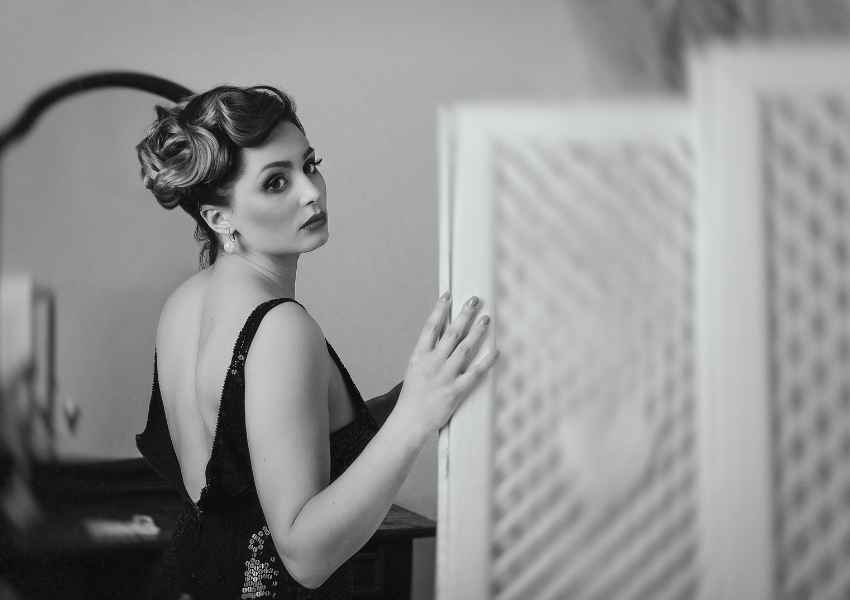
Psychological Significance
The clothes we wear during important life events do more than just adorn our bodies. They play a crucial role in shaping our identity and how we perceive ourselves. Let’s delve into the psychological aspects of fashion in rites of passage.
Connection between Clothing and Identity
- Self-expression through attire
- Clothing is a powerful form of self-expression. It allows individuals to convey aspects of their personality, beliefs, and preferences. During rites of passage, the attire chosen is often a strong statement of identity. For example, a teenager might choose a unique outfit for their coming-of-age celebration that reflects their personal style, signaling their individuality and independence.
- The Role of Clothing in Shaping Personal Narrative
- The clothes worn during significant events often become intertwined with our personal stories. They hold memories and represent our journey. For instance, a wedding dress might embody love and commitment, becoming a tangible symbol of the start of a new life chapter. This personal narrative shapes how we view ourselves and our place in the world.
Impact of Rites of Passage on Individual Identity
- How do rituals influence self-perception?
- Rites of passage are transformative experiences. They often involve a shift in how individuals view themselves and are perceived by others. For example, in many cultures, the transition into adulthood is marked by specific rituals, after which the individual is seen as an adult by the community. This change can significantly influence one’s self-perception, bolstering confidence and a sense of responsibility.
- Clothing as a Tool for Psychological Transition
- The clothing worn during rites of passage can act as a tool for psychological transition. It symbolizes the shift from one life stage to another. For example, donning a cap and gown at a graduation ceremony is not just a tradition but a symbolic act of moving from the world of education into the broader adult world. It marks both an ending and a beginning, fostering a sense of achievement and readiness for the next phase of life.
Contemporary Expressions
In the fast-paced and ever-changing world we live in, the way we celebrate life’s transitions has also evolved. Modern rites of passage and the influence of the globalized fashion industry have reshaped the landscape of these significant ceremonies.
Modern Rites of Passage
- Exploration of Non-Traditional Ceremonies
- In contemporary society, individuals are increasingly seeking non-traditional ways to mark important life events. These can range from unconventional coming-of-age celebrations to unique wedding ceremonies. The clothing worn during these non-traditional rites of passage often reflects the individual’s desire to break away from conventional norms and express their identity in a more personalized way.
- For example, some might choose to have a destination wedding, blending cultural elements from different backgrounds. The attire worn in such ceremonies becomes a fusion of traditional and contemporary styles, symbolizing the diversity of modern relationships.
- Influence of Globalized Fashion on Rites of Passage
- The interconnectedness of the world has brought about a global exchange of ideas, including those related to fashion. Modern rites of passage are increasingly influenced by global fashion trends. Young people across the globe might draw inspiration from international styles, creating a unique blend that reflects their global identity.
- This globalization is evident in the adoption of Western-style proms in various parts of the world. The attire chosen for these events often mirrors Hollywood-inspired fashion, showcasing the impact of globalized trends on local rites of passage.

The Fashion Industry’s Role
- Marketing and Commodification of Ritualistic Attire
- The fashion industry plays a significant role in shaping how we perceive and engage with rites of passage. Marketing strategies often capitalize on the emotional significance of these events, promoting specific clothing as essential for the celebration. From graduation ceremonies to weddings, the marketing of ritualistic attire creates a consumer-driven approach to these traditions.
- This commodification is evident in the promotion of specific clothing lines for events like proms or graduation ceremonies. Brands strategically position their products as must-haves for these occasions, contributing to the commercialization of rites of passage.
- Fashion Designers Inspired by Cultural Ceremonies
- Fashion designers draw inspiration from various sources, including cultural ceremonies. The fusion of traditional elements with contemporary aesthetics has given rise to unique and culturally diverse collections. Designers often incorporate symbols and styles from different rites of passage, creating garments that resonate with a global audience.
- For instance, a designer might draw inspiration from traditional wedding attire in India, incorporating intricate embroidery and vibrant colors into modern wedding dresses. This interplay between tradition and innovation contributes to the dynamic landscape of contemporary fashion.
Challenges and Controversies
While fashion’s role in rites of passage is significant, it is not without its challenges and controversies. Key among these are issues of cultural appropriation and the delicate balance between maintaining tradition and embracing innovation.
Cultural Appropriation
- Instances of Misappropriation in Fashion
- Cultural appropriation in fashion occurs when elements of a culture are used by another culture in a way that lacks understanding, respect, or appreciation of their original significance. In the context of rites of passage, this can happen when traditional garments or symbols are used inappropriately or without acknowledgment of their cultural roots.
- An example might be a designer from one culture using sacred symbols from another culture’s traditional rites of passage attire without understanding or respecting their significance. This can lead to accusations of cultural insensitivity and misappropriation.
- Impact on Cultural Sensitivity and Understanding
- When cultural elements are used without proper understanding, it can lead to a lack of sensitivity towards the cultures they originate from. This not only disrespects the traditions but can also contribute to the dilution or misrepresentation of cultural practices.
- This impact is especially significant in a world where fashion and images are widely shared through social media and other platforms, potentially spreading misconceptions about a culture’s rites of passage and traditional attire.
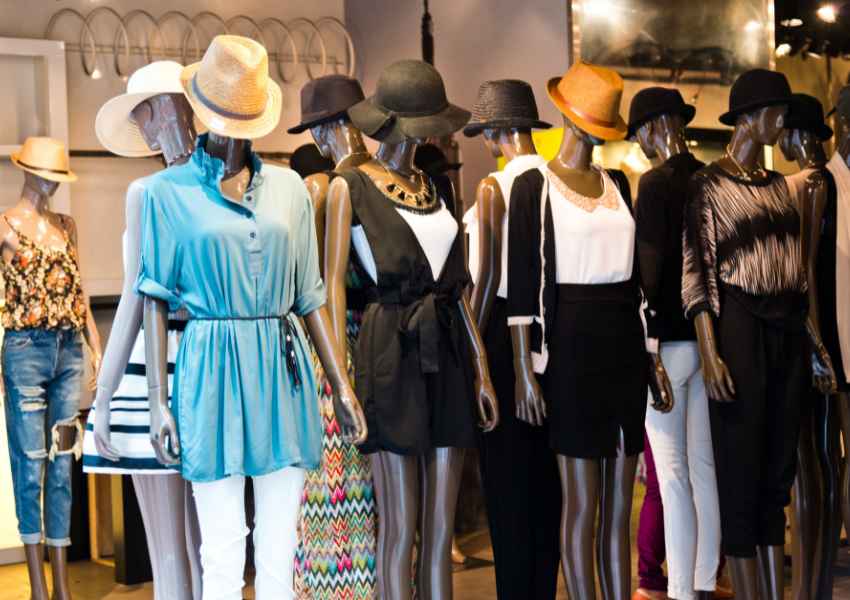
Balancing tradition and innovation
- Struggles with Maintaining Cultural Authenticity
- As the world becomes more interconnected, maintaining the authenticity of traditional rites of passage and their associated attire can be challenging. There is a delicate balance between preserving cultural heritage and adapting to contemporary influences and changes.
- The struggle often lies in ensuring that modern adaptations or fusions do not overshadow or distort the original cultural significance of the attire. For instance, when modernizing traditional wedding attire, it’s important to retain elements that are culturally and symbolically significant.
- Examples of Successful Fusions of Tradition and Modernity
- Despite these challenges, there are numerous examples where tradition and modernity have been successfully fused in fashion, respecting cultural heritage while embracing contemporary styles.
- For example, some designers have skillfully incorporated traditional patterns or fabrics from specific cultures into modern clothing, creating pieces that celebrate cultural heritage in a contemporary context. Such initiatives not only demonstrate respect for the original culture but also help in keeping these traditions relevant and alive in today’s world.
Personal Stories
To bring our exploration of fashion in rites of passage closer to the heart, we dive into personal stories. Interviews with individuals who have recently experienced these significant life events offer a unique and intimate perspective. Their stories illuminate the impact of clothing choices on these occasions and how these moments are remembered and cherished.
Interviews with Individuals
- Personal Experiences with Rites of Passage
- In interviewing various individuals, we discover a rich tapestry of experiences. Each person shares their unique story about a significant rite of passage in their life, be it a sweet sixteen party, a bar or bat mitzvah, a quinceañera, a graduation, or a wedding. They talk about the excitement and the nervousness, the cultural significance, and the personal meaning behind their attire choices.
- For instance, Maria recalls her quinceañera, a celebration of her 15th birthday. She describes the process of choosing her dress, a vibrant pink gown adorned with intricate details. This dress wasn’t just a garment; it was a symbol of her transition from childhood to young adulthood, deeply rooted in her Mexican heritage.
- Impact of Clothing Choices on Memorable Life Events
- The stories highlight how clothing choices are not just about fashion but about creating memories and expressing identity. Individuals reflect on how their attire made them feel on their special day and how it contributed to their overall experience.
- For example, David, who recently graduated from college, shares how wearing the traditional cap and gown made the event feel more real and significant. It wasn’t just about the style of the attire but about what it represented—years of hard work and the beginning of a new chapter in his life.
The Future of Fashion in Rites of Passage
As we look ahead, the future of fashion in rites of passage holds exciting possibilities. Emerging trends, influenced by technological advancements and a growing emphasis on sustainability, are likely to shape the landscape of ceremonial attire. Let’s explore what the future might hold.
Emerging Trends
- Technological Advancements in Ceremonial Attire
- The integration of technology into ceremonial attire is an emerging trend that holds immense potential. From smart fabrics that change color or texture to embedded digital elements, technological advancements are reshaping how individuals engage with their clothing during rites of passage.
- Imagine a graduation gown that displays digital achievements or a wedding dress with interactive elements. These innovations could redefine the symbolism and experience associated with these ceremonies, creating a seamless blend of tradition and modernity.
- Sustainable and Ethical Considerations in Ritualistic Clothing
- With a growing awareness of environmental and ethical issues, the future of ritualistic clothing is likely to be shaped by a commitment to sustainability. From using eco-friendly fabrics to adopting ethical production practices, there’s a rising interest in creating attire that not only honors tradition but also respects the planet and its people.
- Sustainable wedding dresses, for example, might incorporate recycled materials or be designed for multiple uses, reducing the environmental impact associated with these significant life events.
Predictions and speculations
- How Fashion Might Evolve in Future Rites of Passage
- The evolution of fashion in future rites of passage is expected to be dynamic and reflective of societal changes. As cultures continue to interconnect and influence each other, we might witness a further fusion of global and local styles. Traditional elements could coexist with contemporary aesthetics, creating a diverse and inclusive tapestry of attire choices.
- Future rites of passage might also see a move towards personalized and customizable attire, allowing individuals to express their unique identities in meaningful ways.
- Potential Cultural Shifts Influencing Attire Choices
- Cultural shifts in attitudes towards gender, identity, and expression are likely to influence attire choices in future rites of passage. Non-binary and gender-fluid options might become more widely accepted and embraced. Additionally, there might be a greater emphasis on inclusivity, with attire choices that celebrate the diversity of individuals and their cultural backgrounds.
How does fashion contribute to the significance of rites of passage?
Fashion plays a crucial role in rites of passage by visually expressing the cultural, social, and individual significance of these transitions. The clothing chosen for ceremonies such as weddings, coming-of-age rituals, and graduations symbolizes identity, reflects tradition, and contributes to the overall meaning of the event.
How has the role of fashion in rites of passage evolved over time?
Over time, the role of fashion in rites of passage has evolved alongside societal changes. Traditional attire has adapted to contemporary styles, reflecting shifts in cultural values and aesthetics. Additionally, globalization has influenced fashion choices, creating a dynamic interplay between local traditions and global trends.
What challenges arise at the intersection of fashion and rites of passage, and how can they be addressed?
Challenges such as cultural appropriation, misinterpretation of symbols, and the commercialization of ritualistic attire can arise. To address these, it’s essential to promote cultural sensitivity, educate designers and consumers, and encourage responsible marketing. Balancing innovation with respect for tradition is crucial for navigating these challenges successfully.
How can individuals ensure their fashion choices during rites of passage are culturally respectful and meaningful?
To ensure culturally respectful and meaningful fashion choices, individuals should research the cultural significance of specific garments, symbols, or colors associated with their rites of passage. Consulting with cultural experts, incorporating traditional elements thoughtfully, and being mindful of potential appropriation are important steps in making informed and respectful fashion decisions.
Conclusion
In concluding our exploration, it’s crucial to emphasize the profound interconnectedness of fashion and rites of passage. Across cultures and time, clothing has played a central role in marking significant life transitions, reflecting cultural values, and expressing individual identity.

